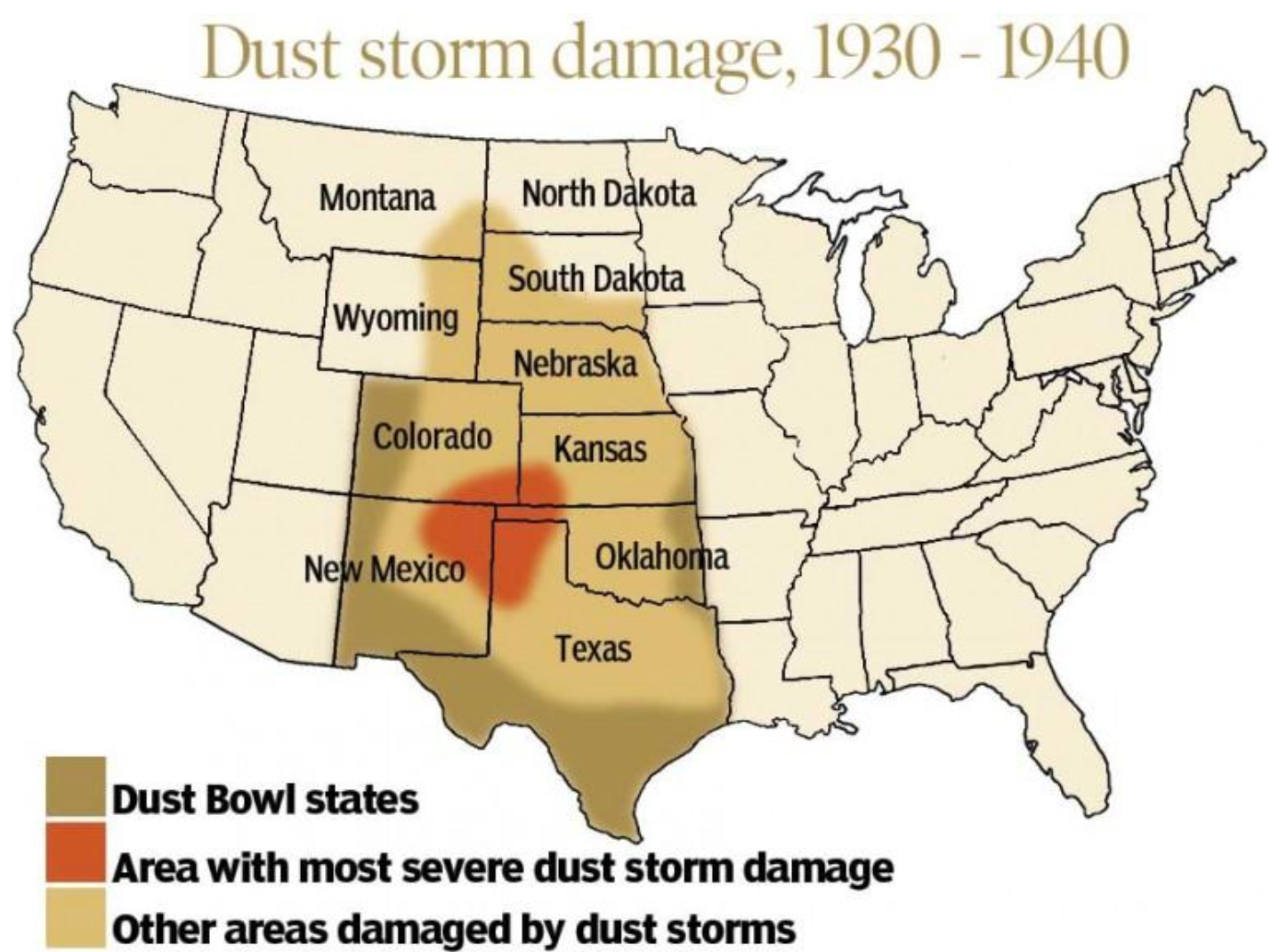Answer to either or both:
1. Compare/contrast the two excertps, in light of the concepts of "border", "im/migration" and "Mexamerica" (Joel Garreau's idea, in, The Nine Nations of North America, of a cultural region ecompassing the American Southwest and Northern Mexico). Tip: for the first two concepts, you can peruse the 2007 edition of Keywords for American Cultural Studies in moodle).
"The most significant thing about the American frontier is, that it lies at the hither edge of free land. (...) The term is an elastic one, and, for our purpuses does not need sharp definition. (...)
In the settlement of America we have to observe how European life entered the continent, and how America modified and developed that life and reacted on Europe. Our early history is the study of European germs developing in an American environment. Too exclusive attention has been paid by institutional students to the Germanic origins too little to the Aerican factors. The frontier is the line of most rapid and effective Americanization. The wilderness masters the colonist." (F. J. Turner, "The Significance of the Frontier in American History", anthology, p. 207).
"Borders are set up to define the places that are safe and unsafe, to distinguish us from them. A border is a dividing line, a narrwo strip along a steep edge. A borderland is a vague and undetermined place created by the emotional residue of an unnatural boundary. It is in a constant state of transition. The prohibited and forbidden are its inhabitants. (...) Gringos in the US Southwest consider the inhabitants of the borderlands transgressors, aliens - whether they possess documents or not, whethter they're Chicanos, indians or Blacks." (Gloria Anzaldúa, Borderlands / La Frontera: the New Mestiza, anthology p.227)

